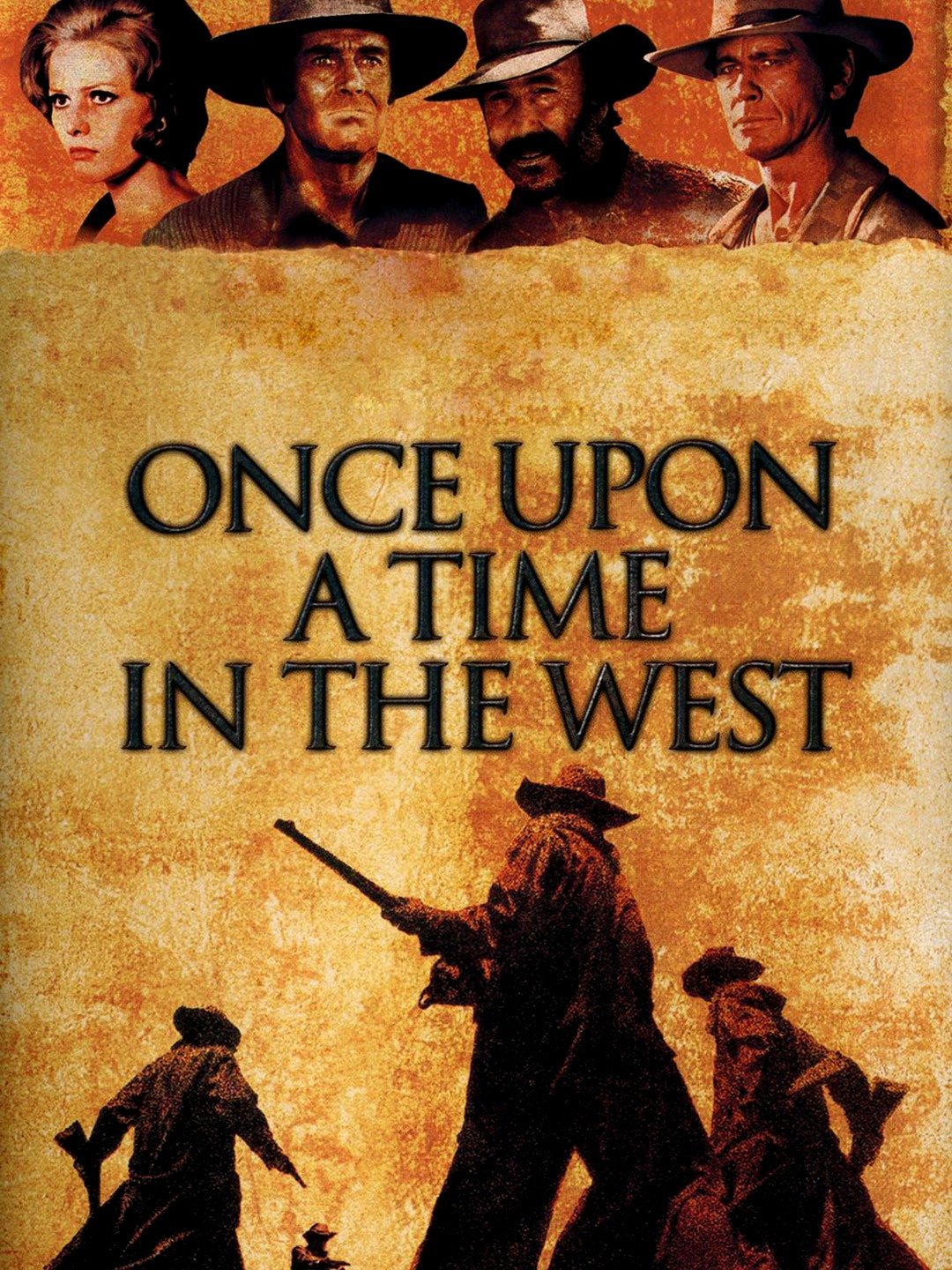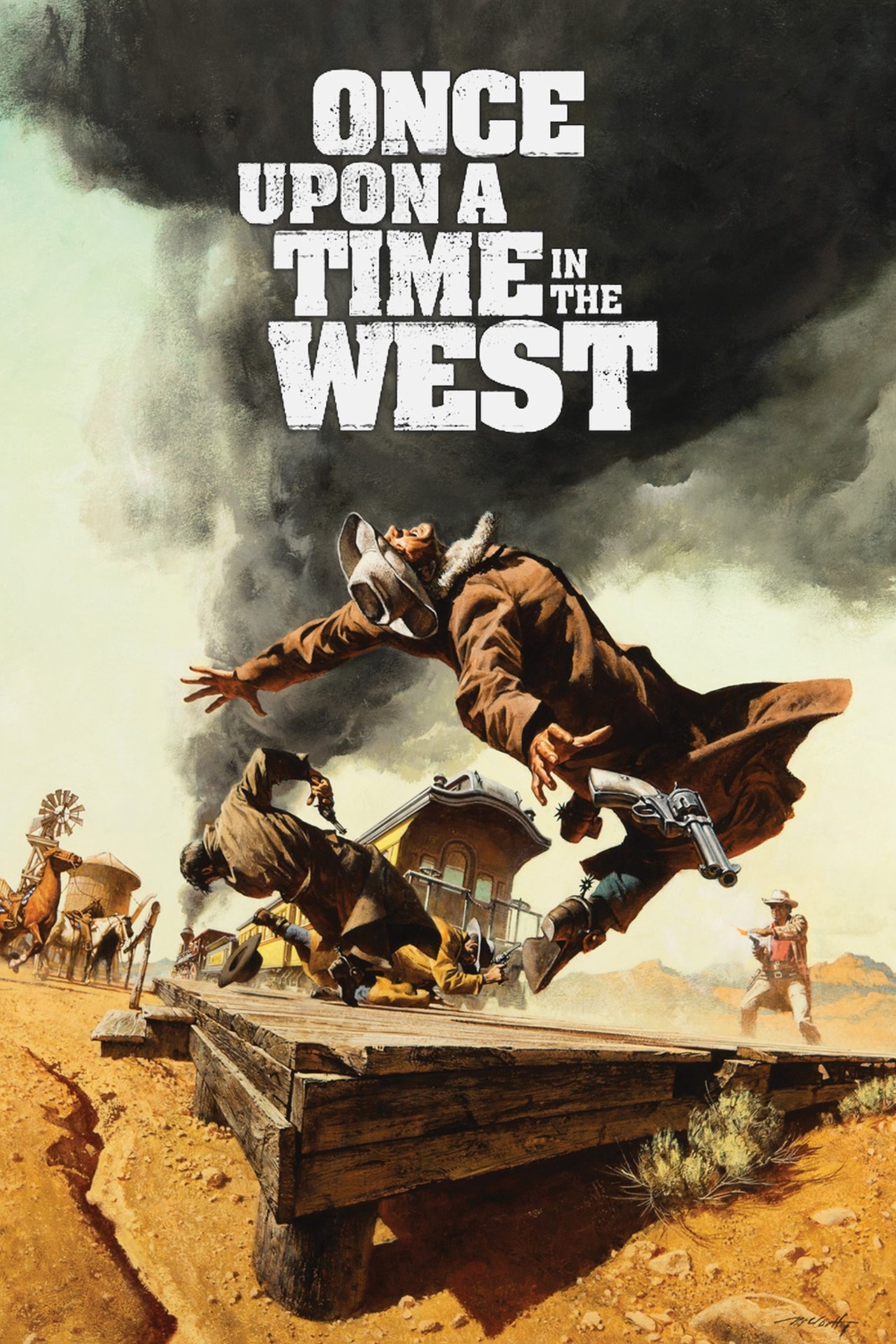Key Takeaways

– “Once Upon a Time in the West” is a classic Western film directed by Sergio Leone, released in 1968.
– The film is renowned for its epic storytelling, memorable characters, and Ennio Morricone’s iconic score.
– It explores themes of revenge, justice, and the transformation of the American frontier.
– The movie has had a significant influence on the Western genre and filmmaking in general.
– Understanding its plot, characters, and impact can enhance appreciation for this cinematic gem.
Introduction
“Once Upon a Time in the West” is a title that resonates deeply with fans of the Western genre. Directed by the legendary Sergio Leone and released in 1968, this film stands as a monumental piece of cinematic art. It combines stunning visuals, an unforgettable score by Ennio Morricone, and a compelling narrative to create a timeless classic. In this article, we delve into the intricacies of this masterpiece, exploring its plot, characters, themes, and enduring legacy.
The Plot Unveiled
The Setting and Storyline
Set against the backdrop of the American frontier, “Once Upon a Time in the West” weaves a tale of greed, revenge, and justice. The story begins with the assassination of Brett McBain, a landowner who possesses a valuable piece of property. This land is coveted by a ruthless railroad baron, Morton, who hires a cold-blooded killer named Frank to eliminate McBain.
Key Characters
– Harmonica (Charles Bronson): A mysterious, harmonica-playing gunslinger with a personal vendetta against Frank.
– Jill McBain (Claudia Cardinale): The widow of Brett McBain, who becomes entangled in the struggle for her late husband’s land.
– Frank (Henry Fonda): A merciless outlaw working for Morton, known for his brutality and cunning.
– Cheyenne (Jason Robards): A charming bandit who allies with Harmonica and Jill.
The Journey of Revenge and Redemption
The film unfolds as Harmonica and Cheyenne join forces with Jill to confront Frank and protect the McBain land. As the narrative progresses, secrets are revealed, alliances are tested, and the characters’ motivations become clearer. The climactic showdown between Harmonica and Frank is a masterclass in tension and drama, culminating in a revelation that ties their fates together.
Themes and Symbolism
The Transformation of the West

At its core, “Once Upon a Time in the West” is a meditation on the transformation of the American frontier. It depicts the clash between the old and new worlds, symbolized by the construction of the transcontinental railroad. This theme is embodied in the character of Morton, whose ambition to build an empire represents the relentless march of progress.
Revenge and Justice

Revenge is a driving force in the film, with Harmonica’s quest for justice serving as the central narrative thread. His personal vendetta against Frank is rooted in a traumatic past, and the film explores the moral complexities of revenge. The characters navigate a world where justice is often elusive, and vengeance becomes a means of restoring balance.

The Role of Women
Jill McBain’s character challenges traditional gender roles in Westerns. She is a resilient and resourceful woman who defies the expectations of a male-dominated society. Her journey from a vulnerable widow to a determined landowner underscores the film’s exploration of gender dynamics.
The Iconic Score
No discussion of “Once Upon a Time in the West” would be complete without acknowledging Ennio Morricone’s haunting score. The music is an integral part of the film, enhancing its emotional depth and atmosphere. Each character is associated with a distinct musical motif, adding layers of meaning to their actions and interactions.
Cinematic Techniques
Visual Storytelling
Sergio Leone’s direction is characterized by meticulous attention to detail and a distinctive visual style. The film’s sweeping landscapes, long takes, and dramatic close-ups create a sense of grandeur and intimacy. Leone’s use of silence and pacing builds tension, allowing the audience to immerse themselves in the world of the film.
Influence on the Western Genre
“Once Upon a Time in the West” redefined the Western genre, influencing countless filmmakers and shaping the evolution of cinema. Its emphasis on character-driven narratives, moral ambiguity, and stylistic innovation set a new standard for storytelling. The film’s impact can be seen in the works of directors like Quentin Tarantino and Martin Scorsese, who have cited Leone as a major influence.
Legacy and Cultural Impact
Enduring Popularity
Decades after its release, “Once Upon a Time in the West” continues to captivate audiences and inspire filmmakers. Its timeless themes and masterful execution have cemented its status as a classic. The film’s enduring popularity is a testament to its universal appeal and artistic significance.
Critical Acclaim
Upon its release, the film received mixed reviews, but it has since been reassessed and hailed as a masterpiece. Critics praise its ambitious scope, compelling characters, and innovative approach to the Western genre. It is often included in lists of the greatest films ever made, reflecting its lasting impact on cinema.
“Once Upon a Time in the West” is more than just a Western; it is a cinematic triumph that transcends genre boundaries. Through its intricate narrative, unforgettable characters, and evocative score, the film explores timeless themes and leaves a lasting impression on viewers. As we reflect on its legacy, it becomes clear that Sergio Leone’s masterpiece will continue to inspire and resonate with audiences for generations to come. Whether you’re a seasoned fan or a newcomer to the genre, this film offers a rich and rewarding experience that stands the test of time.